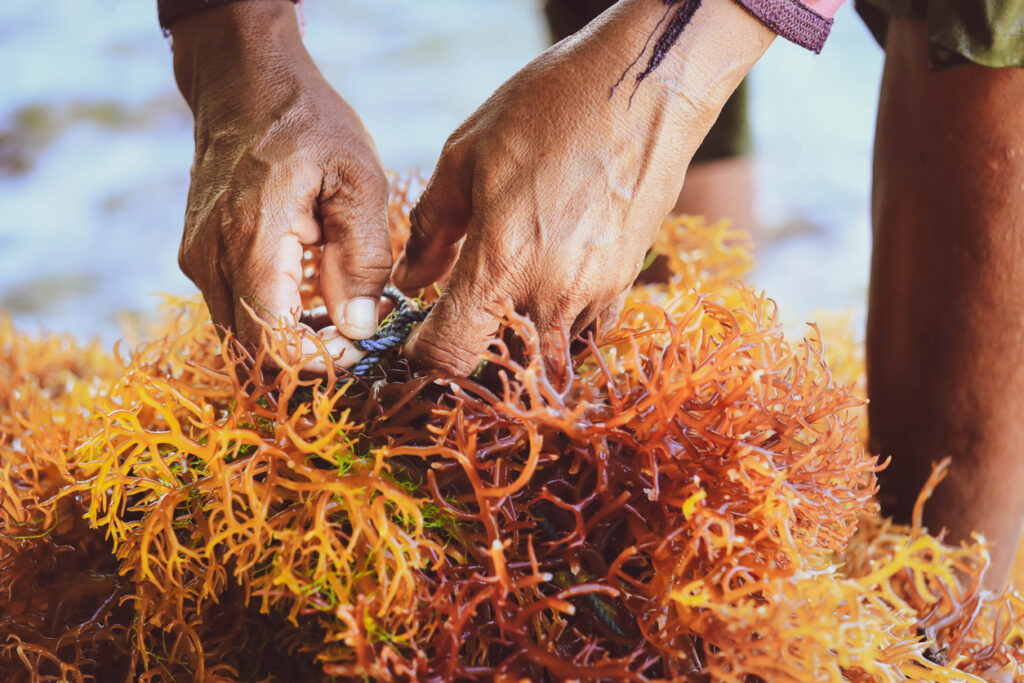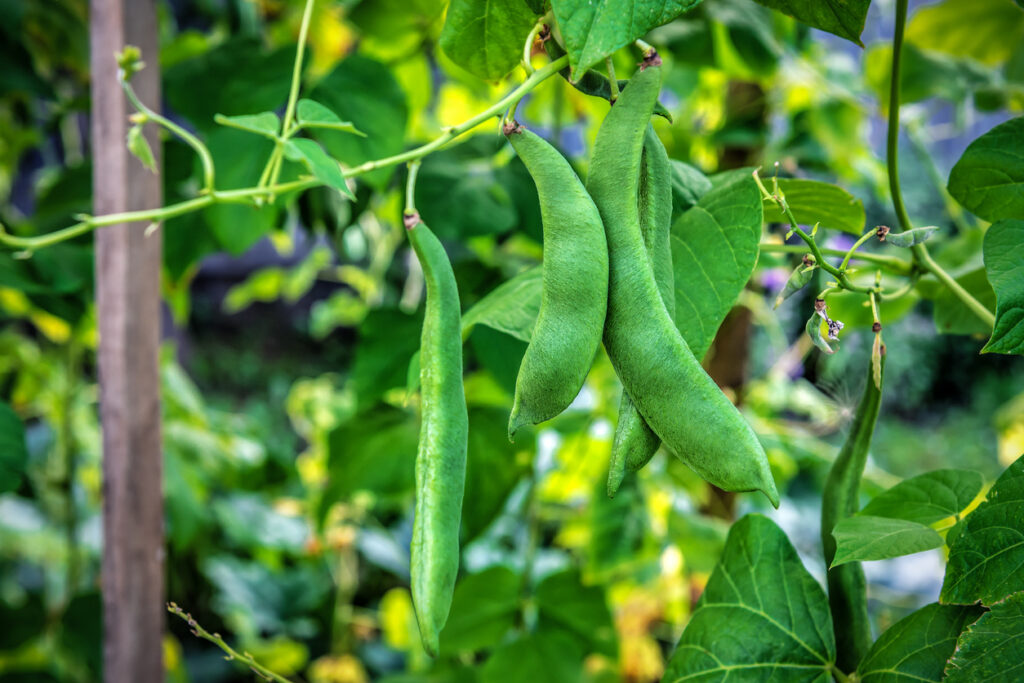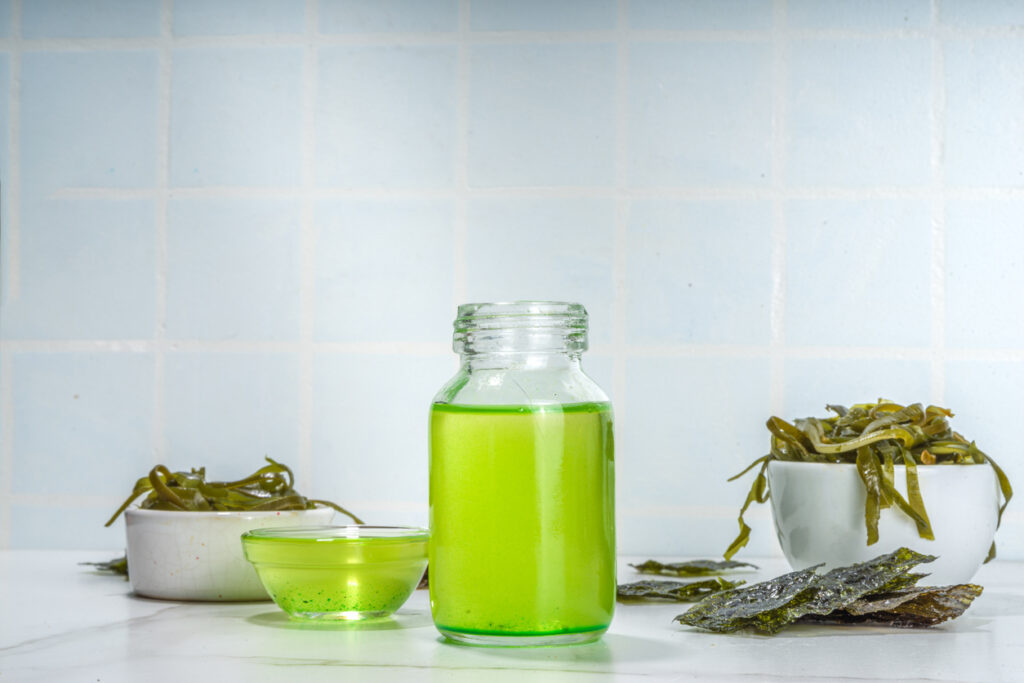1. Seaweed

Seaweed could be one of the most powerful tools in sustainable eating. It grows fast in the ocean without needing land, fertilizer, or freshwater. In fact, large-scale seaweed farming can reduce ocean acidity, clean up polluted waters, and absorb huge amounts of carbon dioxide. According to Experts, expanding seaweed production could help offset emissions from traditional farming while boosting biodiversity.
But seaweed isn’t just good for the planet. It’s full of nutrients like iodine, calcium, and antioxidants. It’s been used in Asian cuisine for centuries, but Western dishes are catching up. You can find it in snacks, salads, soups, and even pasta alternatives. If you’re looking for a new superfood that helps the Earth thrive while adding flavor to your meals, seaweed should be at the top of your list. One small sea veggie could mean big change.
2. Lentils
Lentils are one of the most sustainable protein sources on the planet. They enrich the soil by naturally fixing nitrogen, which reduces the need for synthetic fertilizers. They also require very little water to grow and emit almost no greenhouse gases. According to Research, swapping red meat for pulses like lentils can drastically reduce personal carbon footprints and food-related emissions.
Beyond sustainability, lentils are nutrition powerhouses. They’re rich in plant-based protein, fiber, folate, and iron. Plus, they’re super affordable and incredibly versatile. From hearty stews to refreshing salads or meatless burgers, lentils can do it all. Including more lentils in your weekly meals can support a sustainable diet without sacrificing taste or health benefits. If you’re looking to eat in a way that’s better for the environment and your body, lentils are an easy place to start.
3. Millet
Millet might sound like something only birds eat, but it’s actually an ancient grain that’s making a comeback in climate-conscious kitchens. Millet thrives in poor soils and hot, dry conditions, which makes it perfect for farming in areas impacted by drought. It uses far less water than rice and requires fewer chemical inputs. According to Frontiersin, millet also stores well and has a low carbon footprint.
Nutritionally, millet is a win. It’s gluten-free, rich in magnesium, iron, and fiber, and easy on the stomach. You can cook it like rice, turn it into porridge, or even use it in baking. As food systems feel the heat from climate change, millet is one grain that could help keep our plates full and our farming systems resilient. It’s a smart addition to a sustainable diet.
4. Mussels
Mussels are one of the most climate-friendly animal proteins available. They don’t need feed, fertilizer, or freshwater to grow. Instead, they clean the oceans by filtering water, which helps balance marine ecosystems. According to BBC, mussels produce significantly fewer greenhouse gases than beef or even chicken and can help reduce overfishing by supporting local aquaculture.
Mussels are also highly nutritious. They’re rich in omega-3s, vitamin B12, iron, and protein. Best of all, they’re quick to prepare and take on a variety of flavors. Whether steamed with garlic or tossed into pasta, mussels are a delicious way to lower your environmental impact. Choosing shellfish over meat now and then is a small change that could have a big effect on ocean health and food sustainability.
5. Fava Beans

Fava beans are more than just a Mediterranean favorite. They’re nitrogen-fixing crops, which means they improve soil health without the need for chemical fertilizers. That helps reduce emissions and keeps farmland productive long term. Research shows that fava beans outperform soy in cooler climates, with fewer resources and better environmental outcomes.
Fava beans have a nutty flavor and creamy texture that work well in soups, stews, and dips. They’re rich in fiber, plant-based protein, and folate. Plus, they’re versatile enough to be pureed, sautéed, or even turned into a meat alternative. As more people look for ways to eat sustainably, fava beans offer a hearty, nutritious option that also helps regenerate the planet. If you haven’t tried them yet, this might be the best time to start.
6. Insects
Insects may not sound appetizing, but they’re one of the most efficient protein sources in the world. Farming crickets and mealworms takes very little water, land, or feed, and they produce almost no greenhouse gases. In fact, producing 1 pound of insect protein takes a fraction of the resources needed for beef. That makes them a serious contender in the conversation about sustainable diets.
Nutritionally, insects are packed with protein, B12, and iron. Cricket flour is already used in protein bars and snacks across the U.S. while roasted mealworms are popping up in health food stores. Over 2 billion people worldwide already eat insects, so this isn’t a fad. It’s a smart, scalable solution to global food insecurity. If you can get past the “ick” factor, eating bugs could be one of the best ways to help the planet while still getting your protein fix.
7. Jackfruit
Jackfruit is one of the largest tree fruits in the world, and it comes with some seriously big benefits. It grows on low-maintenance trees that thrive in tropical climates and need little water or pesticides. Because it’s pest-resistant and high-yielding, jackfruit can help fight hunger in food-insecure regions while also reducing agriculture’s carbon footprint.
The fruit itself has a meaty texture that makes it a popular plant-based meat alternative. It’s rich in fiber, potassium, and vitamin C, and it absorbs flavors beautifully in everything from tacos to barbecue-style sandwiches. Jackfruit is already popular in South Asia, but it’s gaining fans in the U.S. among people looking to reduce meat consumption. If you’re after an eco-friendly food that supports small farmers and cuts emissions, jackfruit is an easy win. It’s delicious, filling, and surprisingly satisfying. One bite and you may never look back.
8. Teff
Teff is a tiny grain with enormous potential. It’s been grown in Ethiopia for thousands of years and is known for its ability to thrive in poor soil and dry conditions. Teff matures quickly and doesn’t need a lot of water, making it ideal for farming in an increasingly unpredictable climate. Its low environmental impact and high yield make it a standout in the world of sustainable agriculture.
Teff is also a nutritional powerhouse. It’s high in calcium, protein, and iron, and it’s naturally gluten-free. It’s the key ingredient in Ethiopian injera bread, but it can also be used in pancakes, muffins, or even porridge. If you’re tired of quinoa and want to try something new, teff is a great option. It’s easy to cook, filling, and incredibly versatile. Adding it to your meals is a small step toward a healthier, more sustainable lifestyle.
9. Amaranth
Amaranth is an ancient grain once revered by the Aztecs, and it’s now making a quiet comeback. It grows easily in tough environments and is naturally drought resistant. Because it doesn’t need much water or chemical input, amaranth is ideal for farmers facing climate-related challenges. It also helps support soil health, making it a regenerative crop worth exploring further.
This tiny grain is a complete protein and is full of magnesium, fiber, and antioxidants. Amaranth can be cooked like rice, turned into porridge, or even popped like popcorn. Its mild, nutty flavor makes it a great addition to both sweet and savory dishes. Including amaranth in your diet supports sustainable farming while boosting your nutritional intake. It’s one of those forgotten superfoods that’s quietly working its way back into kitchens across the country and for good reason.
10. Algae Oil

Algae oil is one of the most promising plant-based oils you’ve probably never tried. Unlike traditional oils, it’s grown in tanks using fermentation, not farmland. That means it doesn’t compete with food crops or require pesticides, irrigation, or acres of land. Algae oil also produces fewer emissions compared to fish or vegetable oils, making it a smarter, cleaner option.
Health-wise, algae oil is packed with DHA, a crucial omega-3 fatty acid that supports heart and brain function. It has a neutral taste and a high smoke point, so it works well in cooking and baking. Some brands even offer it in salad dressings or supplements. Choosing algae oil helps reduce overfishing and promotes more sustainable food systems. It’s a small switch in your pantry that could have a big ripple effect on our oceans and environment.
